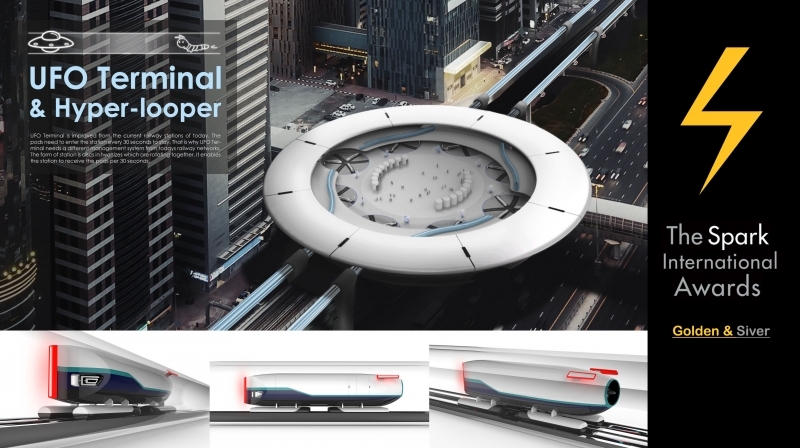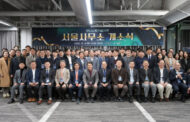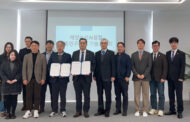The Graduate School of Creative Design Engineering at UNIST has once again been recognized for its design excellence as they hauled one Gold and one Silver award, under both Transport and Space categories respectively, in the 11th International Spark Design Awards.
The design concept, entitled ‘Hyperloop System Innovation’ is a concept that envisions a future Hyperloop Station that is the central hub of public transportation. The team won the awards in recognition of their hard work in proposing a cutting-edge UFO-shaped hyperloop station.
This breakthrough comes from a recent project by Professor Yunwoo Jeong in collaboration with Professor Jaeseon Lee in the School of Mechanical, Aerospace and Nuclear Engineering and other researchers at UNIST. The team is currently working on the development of U-Loop, a near-supersonic train similar to Elon Musk’s Hyperloop.
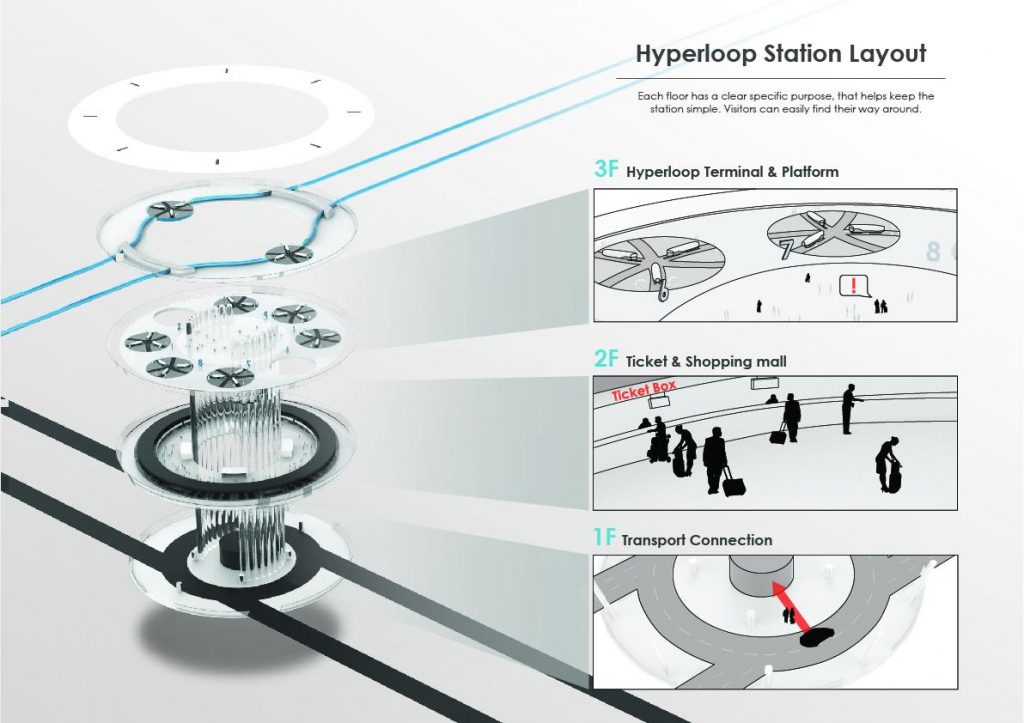
Hyperloop Station Layout
When designing the hyperloop train station, Professor Jeong tried to look at different angles, rather than technology-centered viewpoint. This award-winning hyperloop train station, mainly depends on the user-centered design, which offers a novel vision of the future of long-distance travel by providing travelers with high-performance platform in which departures and arrivals occur every 30 seconds.
“The overall physical appearance of hyperloop station is inspired by UFOs,” says Professor Jung. “Through this, we wanted to offer a novel vision of the future of the long-distance travel.”
This cutting-edge UFO-shaped hyperloop station has a total of 4 floors and each serves a clear specific purpose. The first floor of the station is connected to public roads and transportation to improve accessibility in city areas. The main ticketing area is situated on the second floor, along with the shopping area, allowing this space to be much more than just transportation, yet a shopping and leisure complext for passengers.
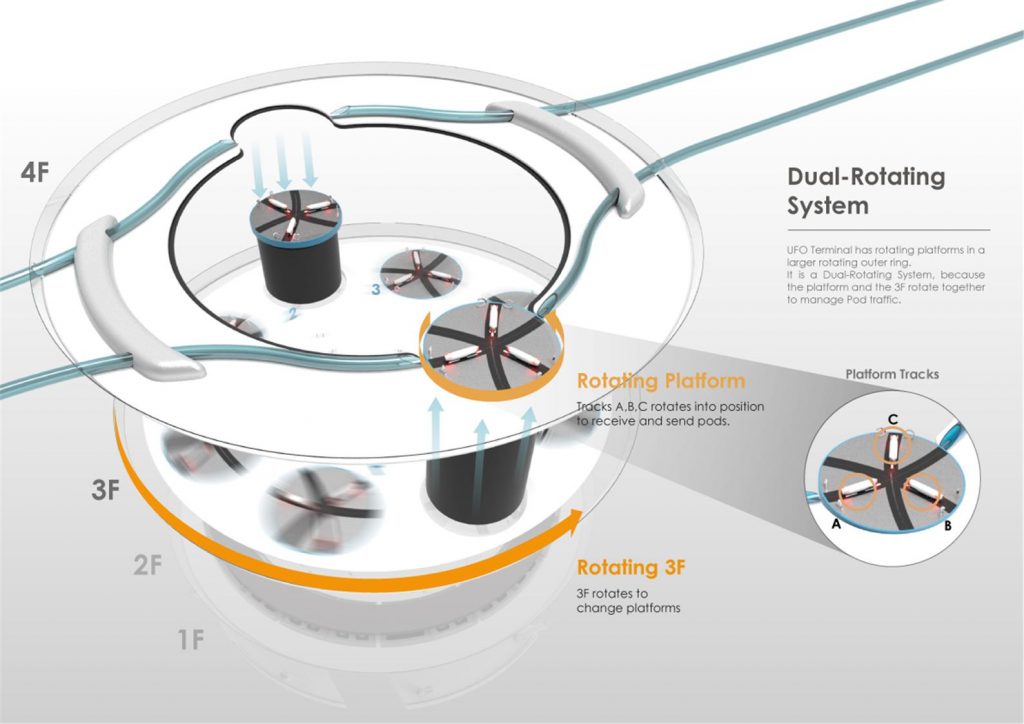
Dual Rotating System
On the third and fourth floors, there are eight station platforms in which passengers can get on and get off the train. The boarding area is located on the third floor. Once the platform is full, the outer ring rotates and the entire platform elevates to the fourth floor. Each elevated pod will, then, leave the platform in fixed order.
The station is based upon a ‘Dual Rotating System’ that can manage passenger pods entering the station at a rate of ‘1 pod per 30 seconds’. Each arriving passenger pod will exit the station every 30 seconds through the innovative ‘dual-rotating system’ that manages the pod traffic. Inside the outer rotating ring, there are eight smaller rotating platforms that contain three passenger pods. The outer ring and the platform will rotate simultaneously to manage the pod traffic effectively. Therefore, the ‘Dual Rotating System’ is the best solution that can manage both the traffic congestion and the commuter congestion.


